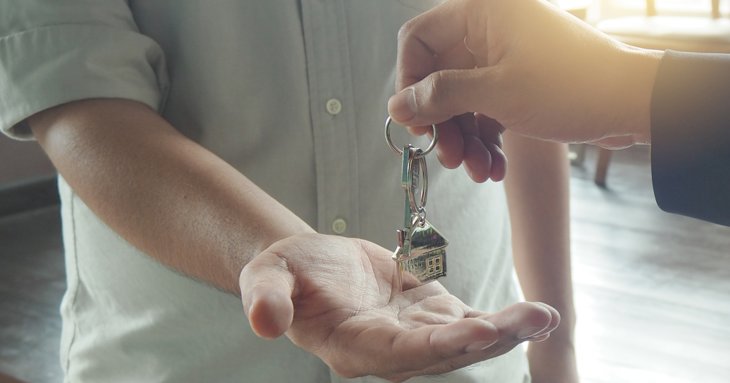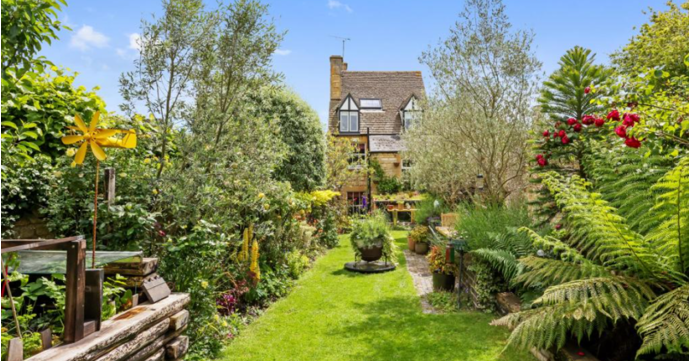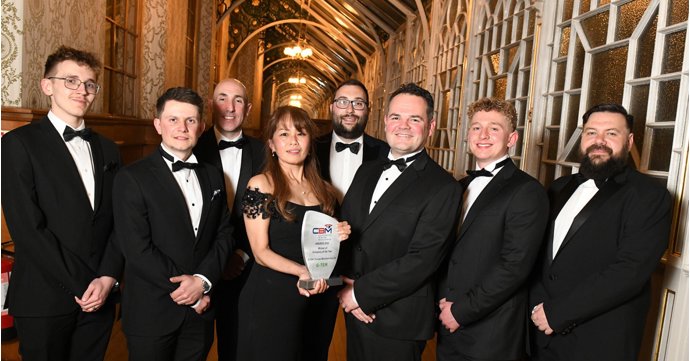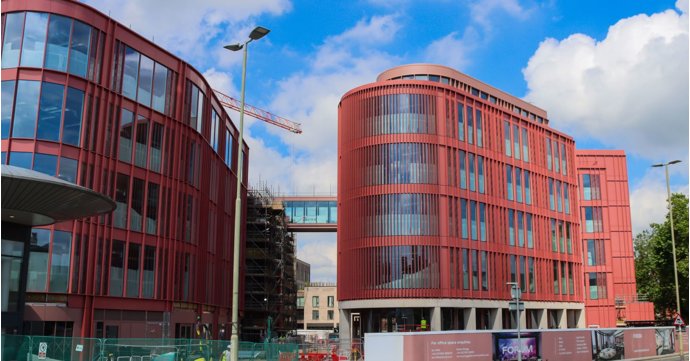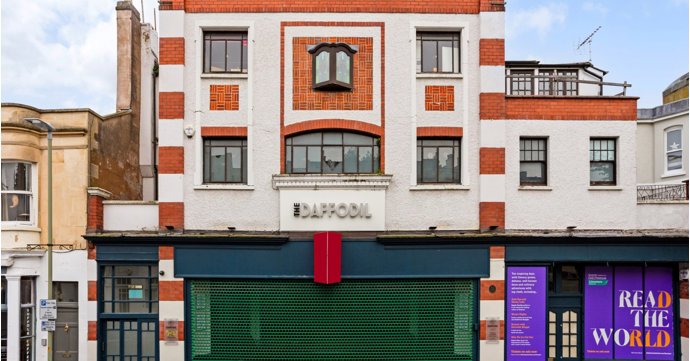Whether you're looking to generate a regular income or a retirement income, buy-to-let investments are a popular choice - but how do buy-to-let loans work, what sets them apart from residential mortgages and what are the expenses to consider?
SoGlos put these questions and more to Rupert Swetman, head of mortgages at Gloucester-based brokers The Mortgage Brain, which helps everyone from the accidental landlord to portfolio landlords looking for the very best deals.
About the expert - Rupert Swetman, head of mortgages at The Mortgage Brain
Rupert Swetman is head of mortgages at The Mortgage Brain, which prides itself on making sure its advisers are with you every step of the way, whether you’re buying you first home, or have owned a property for many years.
The Mortgage Brain has more than 30 years’ experience of helping customers to find the best mortgage. Its unique Mortgage Search System is continually updated with the latest offers from specialist lenders who offer buy-to-let mortgages, so they can source the best deal to maximise your profit
For more information, call The Mortgage Brain on 0333 340 8888 or visit www.themortgagebrain.net.
How do buy-to-let loans work?
As with other residential mortgages, you borrow the money for a set length of time and many people opt to make them interest-only mortgages.
This means you are only paying off the interest - not the capital - each month, so the repayments will be lower, but you will still have to have a plan to pay off the loan in full at the end of the term.
This could be by selling the property, remortgaging, or by cashing in other investments.
If you’re interested in receiving our weekly buy-to-let mortgage best buys straight to your inbox, you can sign up on The Mortgage Brain's website.
How much will I be able to borrow to purchase a buy-to-let?
The difference between a residential and buy-to-let mortgage is that the amount you can borrow depends on the rent you’re planning on charging – not your salary.
The higher the rent, the larger the loan you will qualify for. However, buy-to-let mortgages are considered much riskier than residential ones, so lenders will often require a larger deposit, often 25 per cent of the purchase price.
Just like ordinary mortgages, the bigger the deposit, the better the deal you’ll be able to secure.
Many lenders apply various affordability stress tests, including looking at the predicted rental income as a percentage of the landlord’s mortgage payments and the applicant’s tax bracket.
What other expenses do I need to consider?
Your rental income must be enough to cover your mortgage repayments and other buy-to-let expenses, such as landlord’s insurance and letting agent’s fees for finding the tenant, inventory and management fees, if you don’t manage the property yourself.
You will also need an Energy Performance Certificate (EPC), which should be grade E or above to meet most lenders' criteria, safety certificates for gas boilers and electrics, as well as smoke and carbon monoxide alarms.
Remember to factor in periods where the property is empty between tenancies, when you won’t receive any rent and there may be unexpected expenses like repairs.
Can I rent my property out if I need to go abroad for work?
You may become an accidental landlord for several reasons, including working abroad or inheriting a property.
You must tell your mortgage lender if you're going to let out a home that has an outstanding owner-occupier mortgage.
Some lenders will grant you a 'consent to let' on your current deal, while others may insist on you switching to a buy-to-let mortgage.
Buy-to-let properties carry greater risks for lenders, so if you don't tell your lender, you could be in breach of your mortgage terms and conditions.
It could be a good time to find a better deal, so it’s worth having a chat with our advisers to find out more.
How much stamp duty will I have to pay?
Buy-to-let stamp duty rules mean that if you are buying an additional property, you will have to pay a surcharge of three per cent on the owner occupier tax bands.
On the portion of the asking price up to £250,000 it’s three per cent, eight per cent between £250,001 and £925,000, 13 per cent between £925,001 and £1,500,000 and 15 per cent on homes over £1.5million.
This includes buy-to-let landlords and those buying second homes. So for a property priced at £650,000 you'll pay £39,500 in stamp duty.
Is there a maximum number of properties I can own and rent out?
Professional landlords with four or more properties are often described as portfolio landlords. You'll need to show mortgage details, cash flow projections and business models for every property you own when applying for mortgages.
Some lenders set a maximum number of properties you're allowed to have in your portfolio (up to 10 being the most common) and others use different stress tests to make sure the mortgage payments can be met.
Lenders may limit the maximum loan-to-value (LTV) ratios across a portfolio at 65 per cent LTV or lower, for example.


